Developing a marketing campaign is like making borscht; it requires the correct combination of elements to satisfy the taste. A strong campaign is how a brand makes people feel, think, or even laugh; it is not only commercials and flashy slogans. Consider Nike’s “Just Do It”—a straightforward sentence that gets your heart racing or Coca-Cola’s “Share a Coke,” which makes you want to find your name on a bottle. These campaign link and there is magic there.
Want your brand to be remembered? Your shortcut is learning from the top examples available. Let’s investigate how campaigns turn the tide!
What Makes a Marketing Campaign Stand Out?
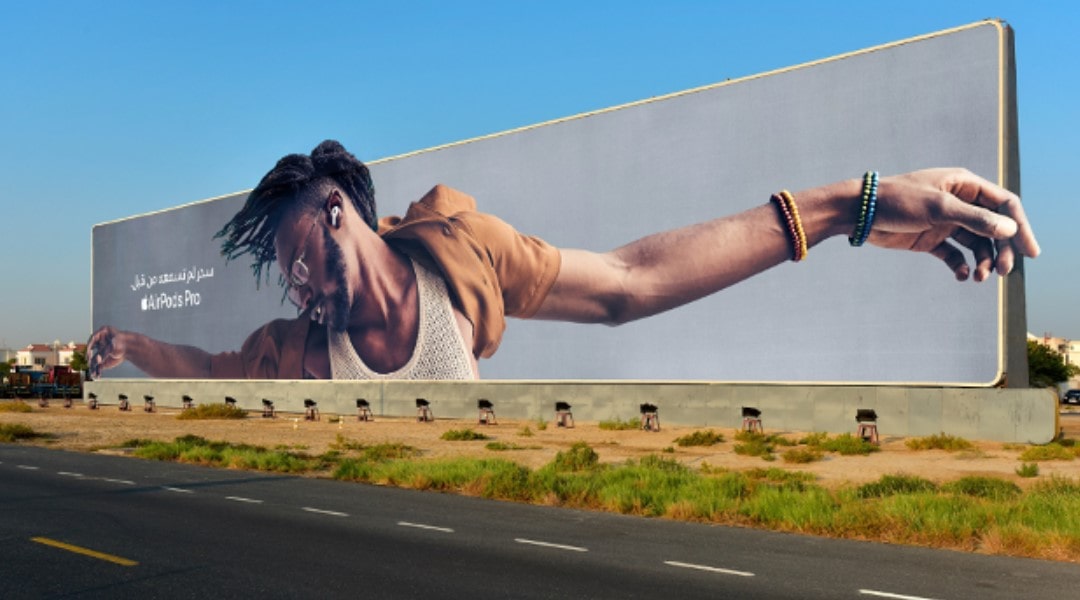
Key Elements of Successful Campaigns
Ever saw an advertisement and felt as though it was tailored especially for you? That is the enchantment of a great campaign. A good marketing campaign grabs your attention, tells a story, and evokes true feeling. One excellent campaign is Dove’s “Real Beauty” ad. It was about connecting with actual feelings and shattering old preconceptions, not only about their soap. This is the reason the message of the brand has such potency on the market.
Making campaigns that last depends on knowing your audience. Data is your success cheat sheet; it is not only dry facts. Companies like Amazon offer customized experiences using data. Imagine a campaign that forecasts what your audience wants before they ever ask for it—that kind of relatability that succeeds in any market.
Leveraging Unique Selling Points
The superpower of your brand is _ Every effective marketing is aware of how to emphasize the aspects that define its brand. With its “Share a Coke” campaign, Coca-Cola, for instance, transformed a basic offering into a worldwide campaign. People couldn’t resist sharing since writing names on bottles made it personal. It increased consumer fun as well as brand loyalty.
Nike’s “Just Do It” approaches things another way. They sell drive; they do not sell shoes. Their advertising helps you to see that you are capable of overcoming any obstacle. The brand stays memorable because of that emotional connection.
Want your campaign to be shining in a crowded market? Emphasize the elements that define your brand. Whether it’s an emotive narrative or a creative concept, a great campaign transforms your original selling point into something your audience cannot overlook. You thereby control the market.
How to Apply These Lessons to Your Campaigns
Although every market has noise, your campaign stands out because of the appropriate audience you have chosen for your company. Knowing the demands of your audience requires research, not magic. Find what your market says, clicks on, and purchases using Plerdy or Google Analytics. When developing campaigns that really resonate, data might be your best narrator.
Consider Spotify wrapped, for instance. It was more than just a clever marketing; it was based on the need for personal insights in their market. With more than 60 million social shares by 2022, their brand and audience will find the ideal balance. The same is possible with your campaign. Shoot blanks in the dark not at night. Target the problems of your market, present answers, and make your brand the preferred choice.
Embrace Creativity and Risk-Taking
In a congested market, standing out calls for taking chances. Out-of- the-box ideas and viral campaigns sometimes generate the buzz needed to establish the reputation of a company. Consider Wendy’s aggressive Twitter roasting initiatives—bold? Correct. Powerful? Indeed, given a 200% increase in participation. That’s how you run in the modern market.
Still another dead example: Apple’s #ShotOn iPhone promotion. Showcasing actual innovation under their brand, they transformed consumers into marketers. Without a big-budget production, it spoke to their market and improved their campaign plan.
All things considered, a safe campaign usually leaves little impression. Take chances, think creatively, and stop, notice, and discuss your brand in your market. That marks the campaign’s success.
Top Marketing Campaign Examples and Lessons Learned
Dove – Real Beauty
Dove’s Real Beauty campaign totally changed the cosmetic industry. Most beauty commercials before Dove entered the scene were replete with unattainable standards. Perfect bodies, perfect complexion, and a vibe said, “You’ll never look like this,” yet Dove turned the script. They elevated actual people—everyday ladies with ordinary beauty—into public view. It was revolutionary, real, and reviving.
The emotive storytelling of this campaign was its brilliance. Think back on those striking videos. Mothers and daughters discussing what beauty is. It touched right on the heart. More than seventy-percent of women claimed they felt respected and included. This was a movement rather than merely marketing. Dove allowed women to find beauty in themselves—something no other brand had ventured to do so freely.
Another excellent touch was user-generated material. Dove developed a campaign that seemed alive and engaging by asking women to tell their personal beauty experiences. It was their audience, their market, not simply the brand speaking here. Hence, A relationship that strong increased Dove’s income by more than $1 billion.
The advertisement demonstrated how important conversations can be started by brands. Dove changed the market and made beauty more inclusive by being real and responding to their audience, therefore transcending the sales of soap. That is now the power of a campaign driven with compassion.
Nike – Just Do It
Nike’s Just Do It campaign is legendary rather than merely well-known. Born in 1988, it has been a lighthouse for the brand and the market ever since. The simplicity of the slogan is its genius. Just three words that motivate belief in yourself, fortitude, and action. It speaks to you whether you are an Olympian or someone trying on sneakers for the first time.
The marketing campaign at selling dreams, not shoes. Nike related to its readers by honoring tales of tenacity. Consider those commercials with ordinary folks overcoming challenges or professional athletes shattering records. They sold empowerment, not just a good or service. It was audacious, and it worked.
One especially noteworthy event? The Colin Kaepernick advertisement dubious? Definitely yes. Nike paid a great price for the gamble, though—31% more sales and unparalleled brand devotion resulted. This wasn’t only a campaign. That was a remark that had resonance all throughout the market.
Nike likewise worked on enhancing their brand identification with this effort. They have been relevant for decades by continuously stretching limits. Just Do It encourages individuals to strive, fail, and achieve, not only sells sneakers. The ultimate aim for every brand is to design an everlasting campaign.
Coca-Cola – Share a Coke
Coca-Cola’s Share a Coke campaign was a game-changer. Simply substitute popular names on the bottles for the traditional logo. Genius, then? Everyone felt as though the brand was talking to them personally. Purchasing a Coke suddenly involved more than just satisfying your thirst. It turned into a search for your name—or that of a friend—then to share the moment.
The campaign did not end at names. Coca-Cola handled social media really brilliantly. People began spreading the excitement by posting pictures with their customized bottles, tagging friends, and Facebook and Instagram burst with Coca-Cola-related entries. It made consumers unpaid brand ambassadors. Following years of contraction, the corporation claimed a 2% gain in U.S. revenues. That is the advantage of including a market.
Coca-Cola modified the campaign to suit every area across the world. It began with the top 150 names in Australia. In China, they printed nicknames and slogans. The campaign even connected with local markets using regional colloquial language. This degree of personalizing revealed the brand’s concern for individuals rather than only selling drinks.
Share a Coke was more than a campaign. This movement moved the market closer to the brand. Coca-Cola maintains its leadership in the beverage market thanks in great part to this kind of innovative thinking.
Always – Like a Girl
Always’s Like a Girl campaign subverted a preconception on its head. For years, “like a girl” was used as a derogatory term suggesting frailty. Always determined enough was sufficient. “Why can’t ‘like a girl’s mean strength, confidence, and power?” they queried.And with that, they started among the most powerful campaigns on the market.
Young girls redefining what it means to behave “like a girl” ran fast, threw hard, and were proud of it in the advertisement. Viewers were deeply moved by it and began to wonder how society forms ideas. Always converted a bad word into a call to arms for empowerment. More than seventy percent of respondents stated they felt the phrase acquired a fresh, positive meaning once the campaign ran. That is brand effect.
Still, it transcended a mere statement. Always used this strategy to foster allegiance. Customers considered the brand as more than just a good; it became a voice for change. Sales grew and Always confirmed its leadership in its sector.
This campaign demonstrated the close connection a brand may create for its consumers. Always shown that marketing is about providing purpose rather than merely selling by tackling actual problems and motivating change. That’s now how you transform a stereotype into achievement.
Pepsi – The Pepsi Challenge
The innovative campaign known as The Pepsi Challenge rocked the beverage industry to its very foundation. Pepsi set out to show they could compete with Coca-Cola by asking customers to sample two sodas blindfolded and select their favorite. This audacious approach was not only about taste; it was also a brilliant means of increase brand recognition and generate market buzz. The outcome was Many of the entrants chose Pepsi, therefore supporting the strong, creative reputation of the brand.
The advertising changed with the change in the market. Pepsi welcomed the digital era and transformed the challenge into a social media interactive event. In addition to keeping the brand in front of a younger, tech-savvy audience, fans were urged to build and distribute their own “challenges.” Pepsi reported a 14% rise in brand preference throughout this period—talk about successful marketing!
Why is the Pepsi Challenge remarkable? It went beyond taste testing. It was about risking to upend the market and directly attack the competition. The marketing gave Pepsi an edgy, bold attitude that connected with people. This campaign is still a textbook case of how to grab market attention, reposition a brand, and engage viewers on a deeper level even decades later.
Red Bull – Stratos
Red Bull’s Stratos campaign was a spectacle that left the planet in wonder, not only marketing. Felix Baumgartner broke records and attracted news when he jumped from space, more than 24 miles above Earth in 2012. This was a master class in brand storytelling, not only a stunt. Red Bull enhanced its adventurous reputation by supporting this bold event, therefore stretching the boundaries of what marketing campaigns can do.
The figures tell themselves. One of the most watched events on internet, the live feed on YouTube drew over 50 million visitors. The campaign allegedly cost $65 million, yet the return was Globally, Red Bull’s sales jumped 13%, and the brand confirmed that thrill-seekers and adrenaline junkies always turn to it first.
Stratos’s great fit with Red Bull’s brand values is what makes it legendary in the marketing field. The advertising marketed adventure, ambition, and the belief that everything is possible, not only energy drinks. Red Bull grabbed the hearts and minds of the market by investing in something so much more than their product.
Stratos ultimately was more than just a marketing. For the brand, it was a turning point and a case study on how audacious, market-defying ideas may boost a brand much above its rivals.
Adobe – Create Forward
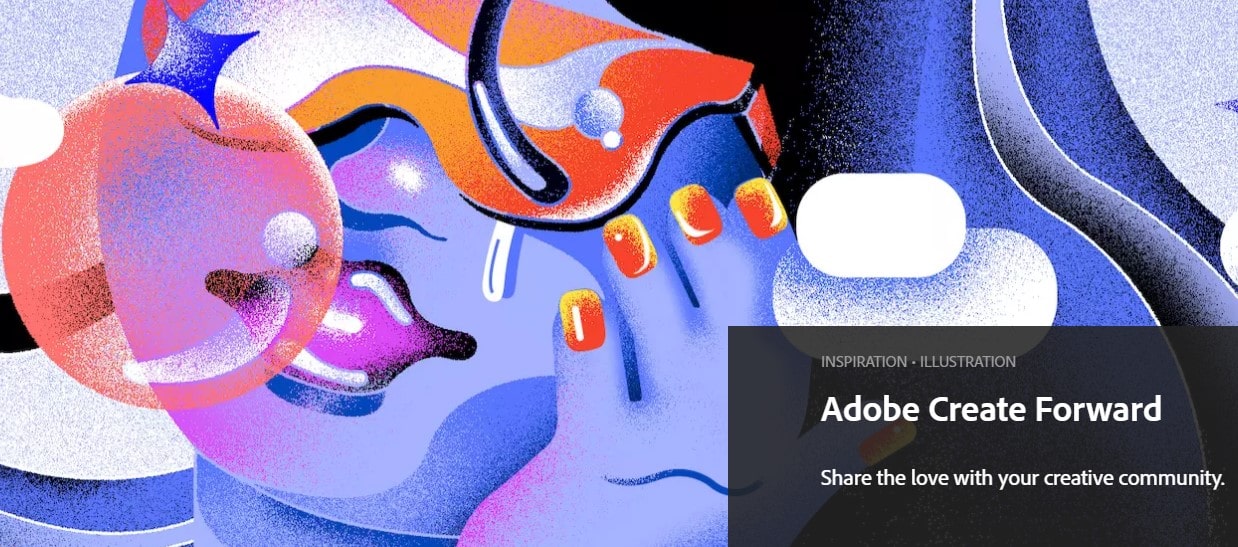
The Create Forward campaign by Adobe made advantage of community and creative ability. Encouragement of user sharing of artwork helped Adobe establish a close emotional relationship with its target market. The brand positioned itself as more than just software; it became a center for creatives to highlight their skills and challenge their imagination limitations. From graphic designers to photographers, everyone felt driven to start the movement.
This campaign was built mostly on user-generated content. Using sites like Instagram, Adobe shared breathtaking images from actual people. This increased brand loyalty and demonstrated the useful worth of Adobe’s tools as well. It was a mutual benefit. Users were acknowledged, and Adobe acquired real, relevant material to highlight its offerings.
The inclusive nature of this campaign set it apart on the market. According to Adobe, everyone—not only professionals—have creative ability. The brand enhanced its leadership in design software by building a creative community. The success of Adobe here reminds us: the best campaigns inspire rather than only sell.
Mailchimp – Turn Clustomers into Customers
Mailchimp’s Turn Clustomers into Customers campaign shows how creatively humorous ideas could be transformative. To highlight its strengths, the brand turned toward clever wordplay and amusing images rather than dull marketing jargon. This original turn caught interest in a busy market and clarified a difficult idea.
Starting with a set of eccentric commercials featuring “clustomers”—people who don’t yet know their audience—and how Mailchimp helps them become real consumers, the campaign got off on Every advertisement had strong colors, bold typeface, and a cheerful tone. It demonstrated how personal even data-driven tools might be.
Mailchimp freshly engaged with its target market by incorporating comedy. Small businesses also found resonance in the campaign, therefore supporting the brand’s reputation for enabling business owners. And let’s discuss figures: the campaign raised 22% of trial sign-ups. You create effect in this way. Mailchimp makes marketing entertaining rather than only selling a thing.
Airbnb – Made Possible by Hosts
The Made Possible by Hosts campaign from Airbnb strikes the proper emotional resonance following the epidemic. After months of lockdowns, people yearned for adventure and connection, and Airbnb told that story through actual events. The campaign highlighted the touching stories their hosts produced, therefore restoring the human element to travel. It was about creating memories more than it was about merely reserving a place.
This campaign lacked gloss or loudness. Rather, it was based on narrative. They singled out hosts who went above and above to make visitors comfortable. Every narrative, whether it was a lively apartment in a busy city or a little hut in the woods, emotionally linked with the viewers. The lesson was clear: Airbnb is a brand that appreciates people rather than only a market leader in travel.
What’s amazing is how this marketing restored tourist faith. Airbnb said in 2021 that bookings had risen 52%. The emphasis on hosts helped the brand to be relevant, reliable, and necessary for post-pandemic travel plans. It shows that occasionally the most effective efforts are the most basic ones.
Oreo – Dunk in the Dark
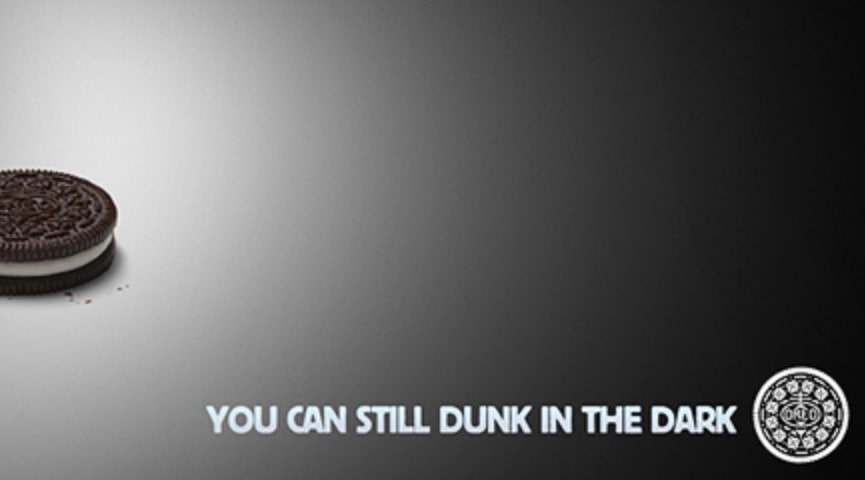
The marketing masterclass in timing was Oreo’s Dunk in the Dark. A unexpected blackout during the 2013 Super Bowl allowed Oreo to shine. Their crew tweeted in about ten minutes: “You can still dunk in the dark.” It was straightforward, clever, and unforgettable.
Oreo attracted great discussion with this real-time marketing experiment. Over 16,000 times the tweet was shared, and their social media activity surged. The ad demonstrated how fast thinking might rule the market—even in a chaotic event. Oreo spent not millions on a Super Bowl advertisement. Rather, they demonstrated how their brand immediately connects with its target market.
The knowledge is that Get ready to act swiftly and imaginatively. For any brand, real-time campaigns—like this one—can be transformative. Being relevant is equally vital in the fast-paced digital environment of today than being creative. Oreo used one clever action to dunk its rivals out of the market.
Heinz – Red HTK 57
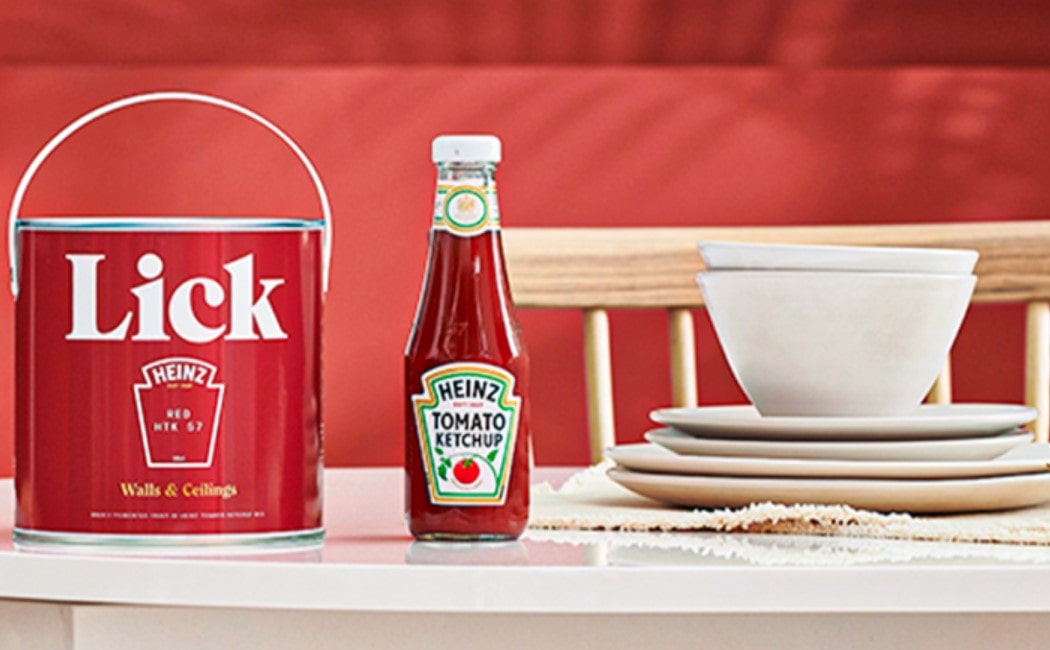
Heinz is not only ketchup. They demonstrated with the Red HTK 57 campaign that a strong brand identity could rule fresh market sectors. Their famous “57 varieties” logo evolved from adornment to the secret for brand growth into other markets. Each boldly bearing the Heinz logo, the campaign brought novel items like spicy sauces, healthier variations, and even snacks.
The campaign’s genius is in this. Heinz did not abandon its initial target market. Rather, it grew while keeping the traditional ketchup aficionados satisfied. For instance, their ketchup with sriracha attracted those who enjoy spicy cuisine into the Heinz range while keeping the faith of devoted consumers. These brand extensions helped to drive 12% worldwide sales increase by 2023.
Heinz maintained lightheartedness as well. Their oddball social media campaigns asked questions like, “Why stop at burgers?”Indeed, there are still arguments over it, but it urged viewers to investigate Heinz on pizza, tacos, or even fries. Heinz proved with the Red HTK 57 that even a classic brand could remain ahead in a market undergoing constant transformation.
Manscaped – Lawn Mower 4.0
How would you promote a product nobody wants to discuss? Manscaped landed it with their Lawn Mower 4.0 campaign. Their secret weapon was humor, which turned a difficult subject into a viral hit. Their commercials were not subtle in their discomfort. Rather, they turned into their strongest suit with statements like, “Keep your jewels shining.”
The marketing was calculated, not only humorous. To address younger markets—particularly Gen Z and Millennials— Manscaped teamed with influencers. The design of the products also benefited. Features in the 4.0 version—a cordless trimmer, waterproof tech, and an LED light—that guys didn’t even know they wanted Indeed, for precise grooming—of course—an LED light.
Their plan paid off really large. Manscaped rose to be a $1 billion brand in the men’s grooming industry in only one year. It shows that with the correct marketing strategy, even forbidden goods may go mainstream. Though their dedication to creativity and knowing exactly who their audience was also important. Humor helped. Manscaped sold confidence not just a trimmer.
Spotify – Wrapped
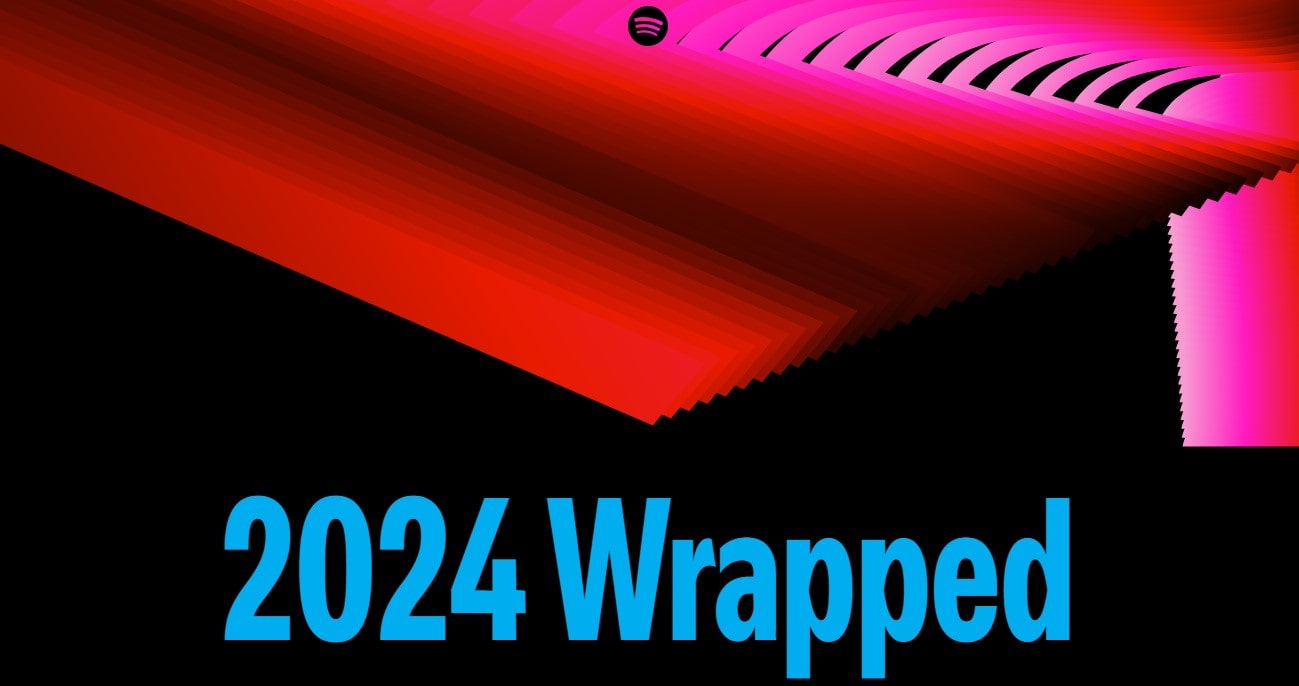
With Spotify Wrapped, Spotify transforms its users into their finest campaign agents every December. This campaign makes you the star of your brand story, not only summarizes what you heard. Personalized playlists, odd data (you listened to Taylor Swift for 45 hours?), and bright images—all of which scream “share me on social media.” And guess what? Everyone performs.
Spotify Wrapped leverages consumers’ emotional connection to their music. It’s a glimpse of their year, not only statistics. Spotify gives consumers a cause to participate by running a campaign around this. The greatest thing is The movement markets itself. People share their wrapped stories on Instagram, Twitter, and TikHub, therefore transforming these channels into free business advertising tools.
App downloads on Spotify during Wrapped season rose 200% in 2022. Explain why. FOMO is real, hence Friends want to see their own wrapped-around. It’s also quite excellent market research. Learning which genres and playlists appeal to consumers, Spotify uses this information to enhance its platform.
Spotify Wrapped is not only a promotion. Personalized marketing is a masterclass, transforming user data into a viral brand event. That’s genius.
Netflix – Streamberry Campaign
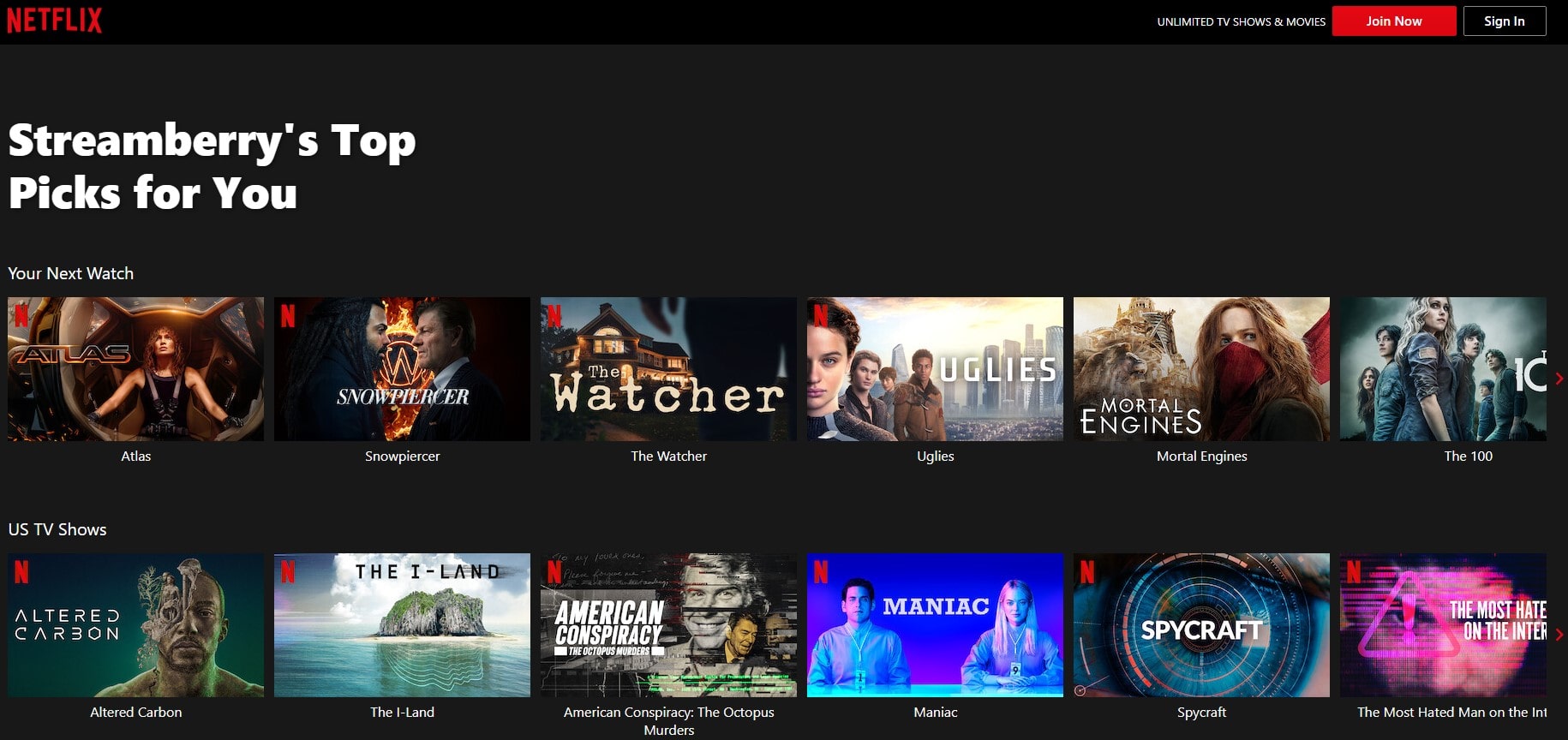
Since Netflix is adept at breaking the internet, their Streamberry Campaign was no different. Inspired by the Black Mirror series, Netflix developed an interactive campaign spanning reality and fantasy that strayed from clear distinction. The concept is Imagine if Streamberry, a fictional streaming platform on the program, became real-world. spoilers: they brought it to life.
The campaign enabled consumers really experience Streamberry. Visitors might post their pictures and view a self-starring trailer. This produced a mix of exhilaration and sinister “Big Brother” impressions for consumers. Speaking about emotional connection. And those references from popular culture? exactly. It made it impossible not to participate since it drew on Black Mirror’s cult following.
On social media, #Streamberry became trendy in hours. Mass buzz resulted from fans distributing their own trailers. Netflix revealed a 30% increase in Black Mirror global streaming in only one week. The campaign generated viewers and subscribers, so it was not only fun.
With Streamberry, Netflix masterful interactive marketing. It demonstrated how combining fantasy with reality may produce a campaign unique in the saturated streaming industry. A bit eerie? Certainly. Remarkable? Absolutely.
End
Creating a memorable campaign requires more than simply elegant words or large expenditures. Whether Spotify Wrapped or Netflix’s Streamberry, the campaign we looked at demonstrate how success results from combining innovation, market awareness, and knowledge of your brand’s particular capabilities. Any concept can become a compelling narrative with emotional ties, deft data utilization, and a little bit of comedy.
The lesson is obvious for those in marketing. Enter the world of your audience, discover what speaks to you, and don’t hesitate to challenge convention. Recall, if it feels real, even a little campaign may create waves. Whose guess is it? Perhaps the next great case study is your brand.
